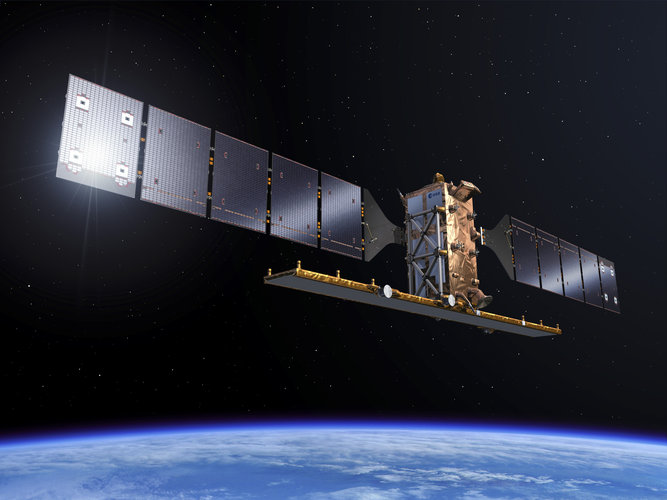NRO pushes back on criticism of satellite intelligence delays
Thursday, 17 October 2024 19:57

A new generation of telescopes will probe the 'unknown unknowns' that could transform our knowledge of the universe
Thursday, 17 October 2024 17:56This request seems a bit unusual, so we need to confirm that you're human. Please press and hold the button until it turns completely green. Thank you for your cooperation!
Press and hold the button
If you believe this is an error, please contact our support team.
185.132.36.159 : d23c0f63-0161-4b39-bdea-9f732bc1
Skynopy lays foundation for proprietary ground station expansion
Thursday, 17 October 2024 16:15

Moonlight may hamper views of the Orionid meteor shower, debris of Halley's comet
Thursday, 17 October 2024 14:29This request seems a bit unusual, so we need to confirm that you're human. Please press and hold the button until it turns completely green. Thank you for your cooperation!
Press and hold the button
If you believe this is an error, please contact our support team.
185.132.36.159 : b99550d8-0b37-42d7-b804-dda9f2ba
ESA moves forward with Apophis mission preparations
Thursday, 17 October 2024 14:00
ESA has signed a contract with OHB Italia SpA worth €63 million to begin preparatory work on the Agency’s proposed Ramses mission to the infamous asteroid Apophis.
ESA's Open Day in the Netherlands
Thursday, 17 October 2024 13:00 Video:
00:03:27
Video:
00:03:27
On Saturday 5 and Sunday 6 October 2024, the European Space Agency opened the doors to the European Space Research and Technology Centre, ESTEC, in the Netherlands, welcoming some 9000 visitors to its 13th annual Open Day. As in previous years, ESA’s largest establishment in Europe invited the public to meet space engineers, astronauts and to see actual space hardware. Attendees explored state-of-the-art facilities, interacted with ESA and NASA astronauts and discovered various job opportunities at ESA. There was also a full schedule of talks from Space Rocks, celebrating the art and culture of science and space.
Call for interest: Sentinel-1C launch media event
Thursday, 17 October 2024 12:33
Call for interest: Sentinel-1C launch media event
Firefly to launch True Anomaly’s Jackal vehicle for U.S. Space Force mission
Thursday, 17 October 2024 12:01

ArkEdge Space wins JAXA position, navigation and timing contract
Thursday, 17 October 2024 11:37

SpiderOak announces open-source initiative for zero-trust cybersecurity
Thursday, 17 October 2024 11:28

Glasgow’s Craft Prospect selected as European Space Agency’s Rising Star
Thursday, 17 October 2024 11:00
Nations pursue sovereign space capabilities fortified by commercial services
Thursday, 17 October 2024 11:00
Artemis Accords signatories look to recruit new members
Thursday, 17 October 2024 10:59

Big data, advanced algorithms and new approaches for space missions
Thursday, 17 October 2024 10:55



